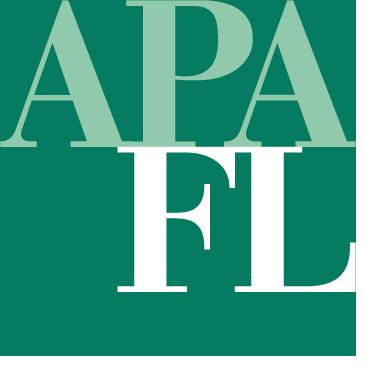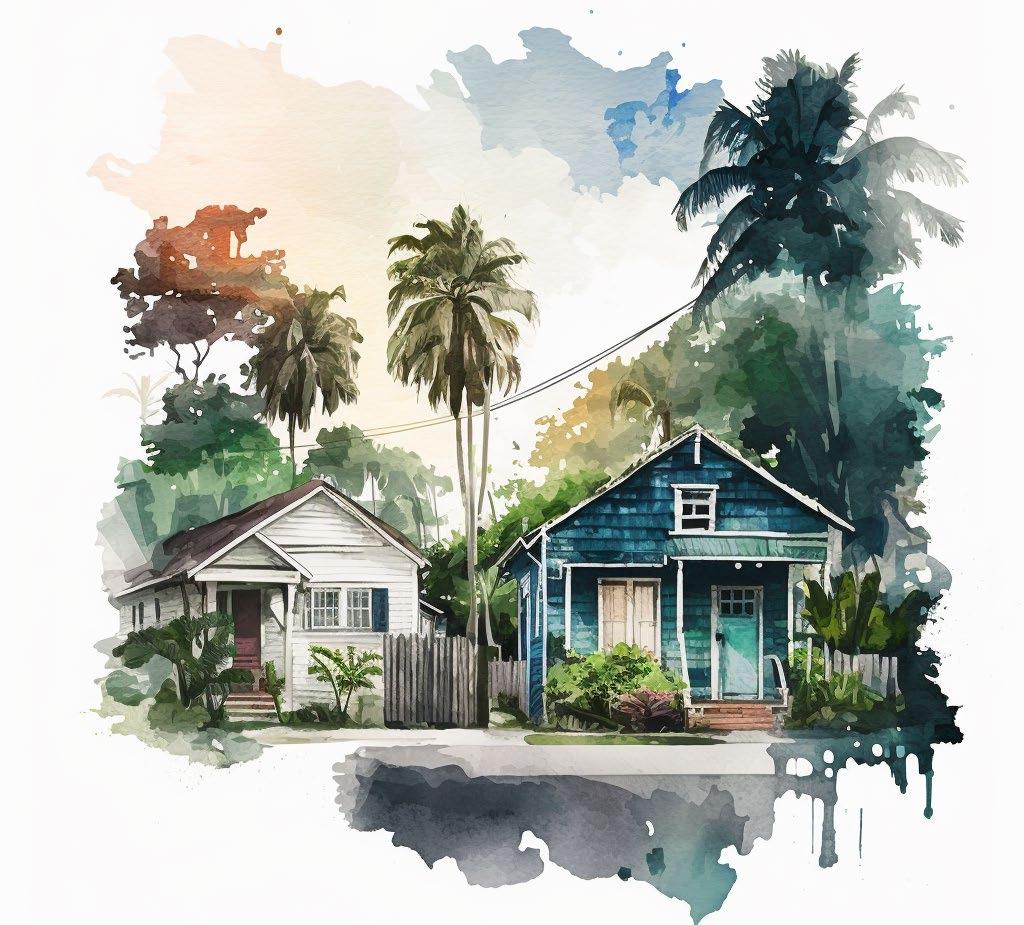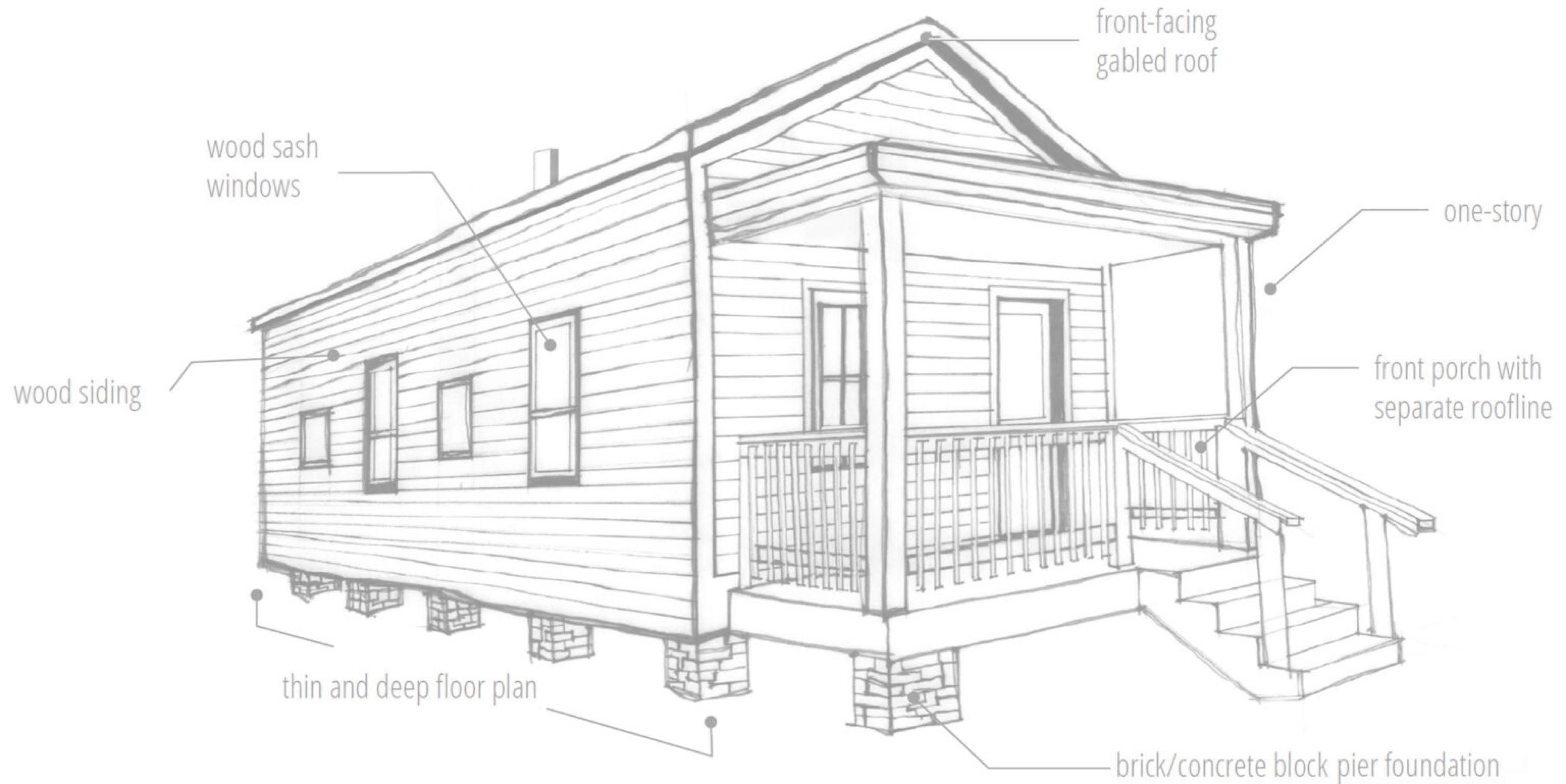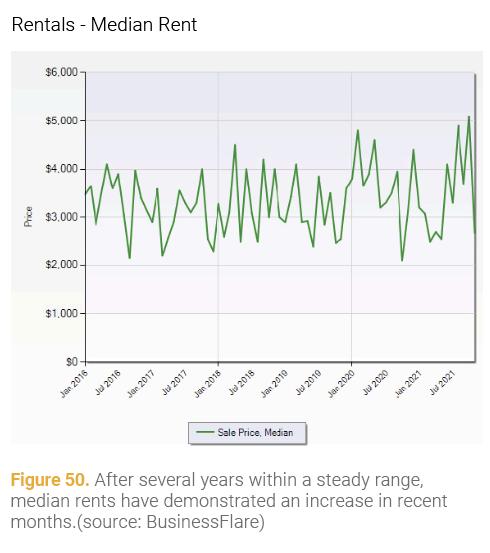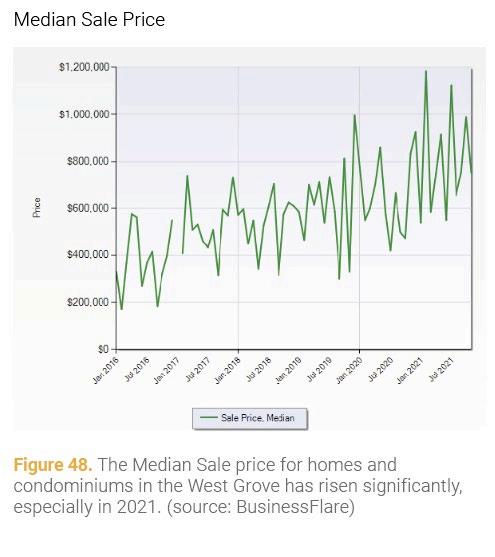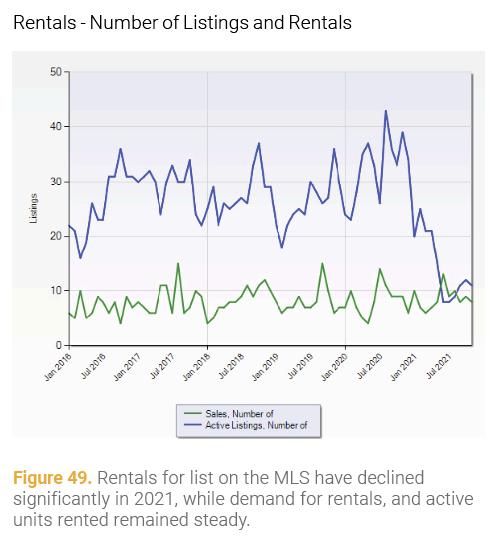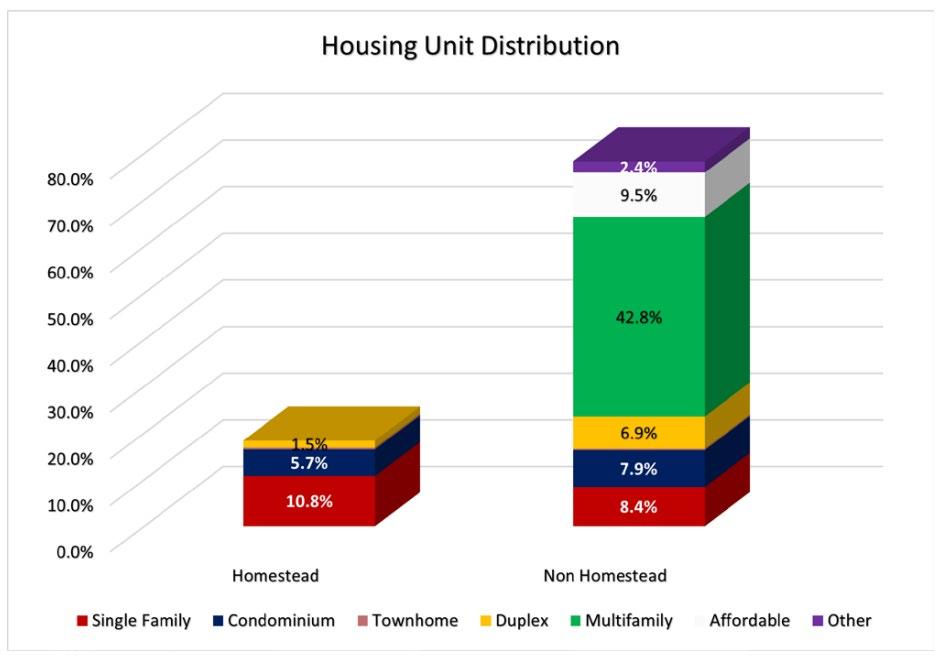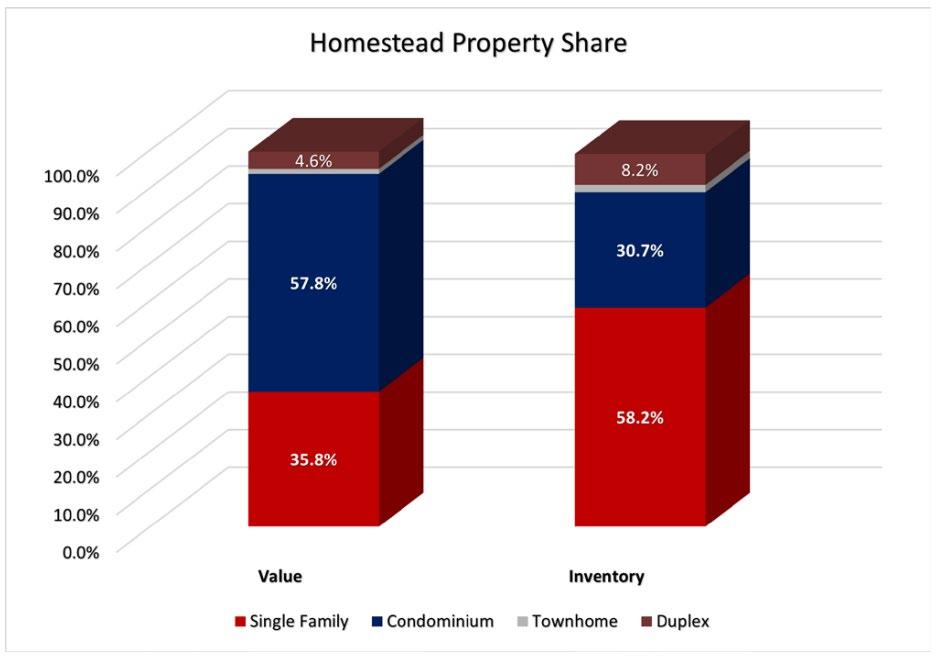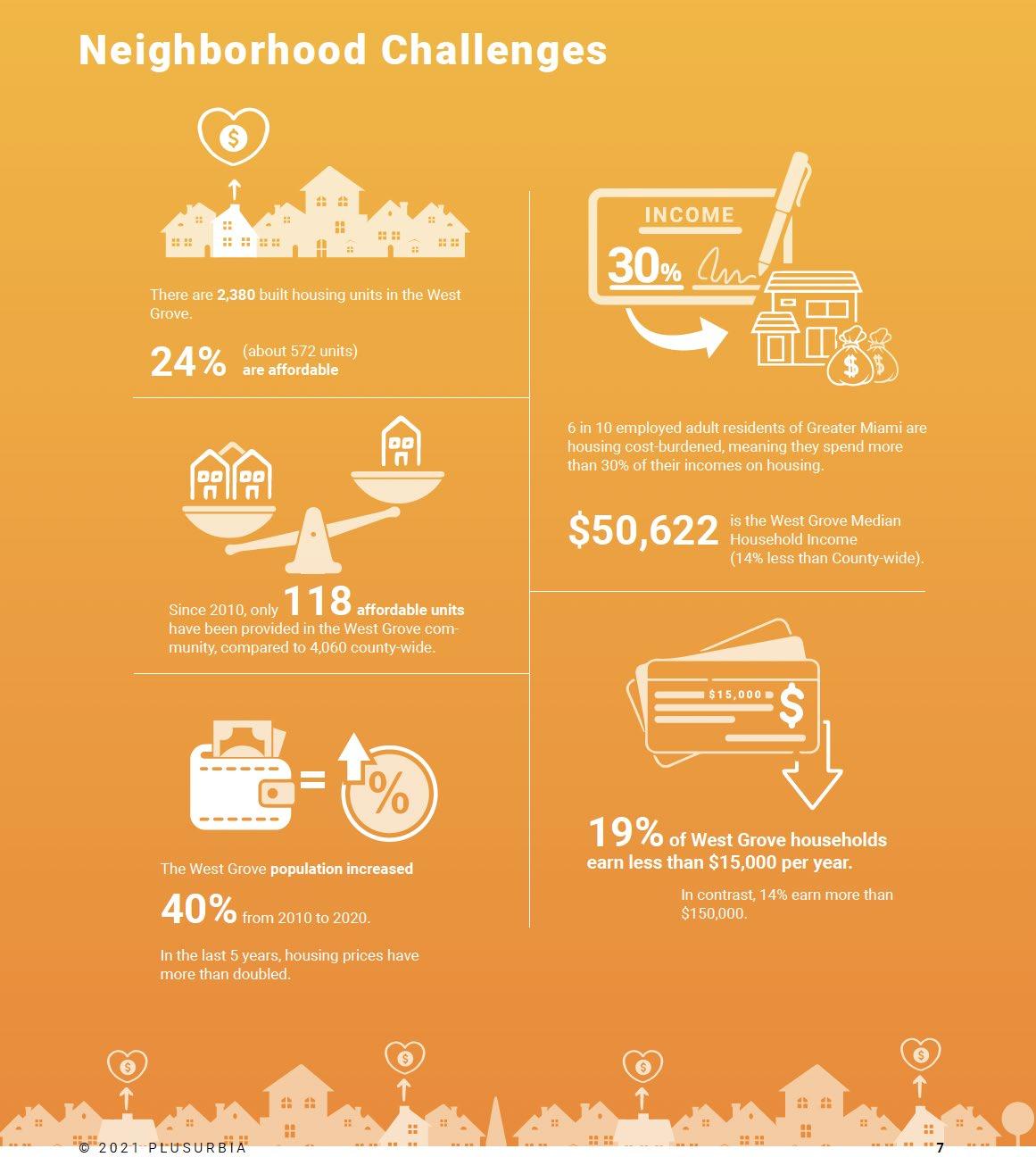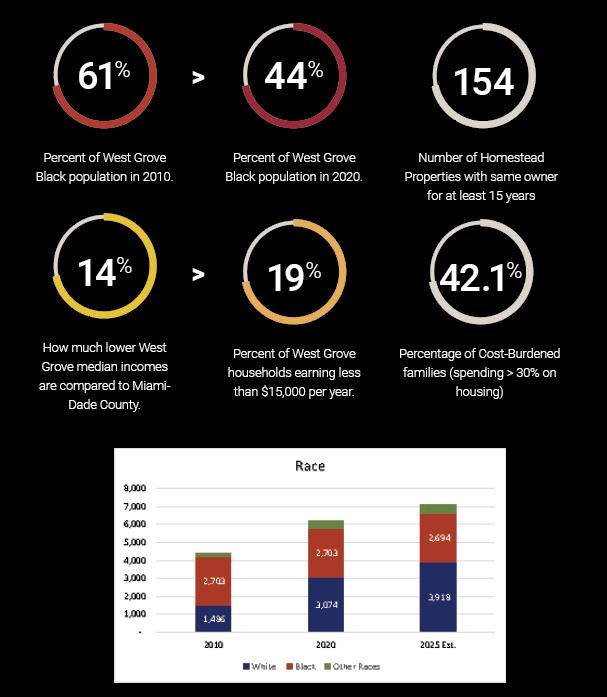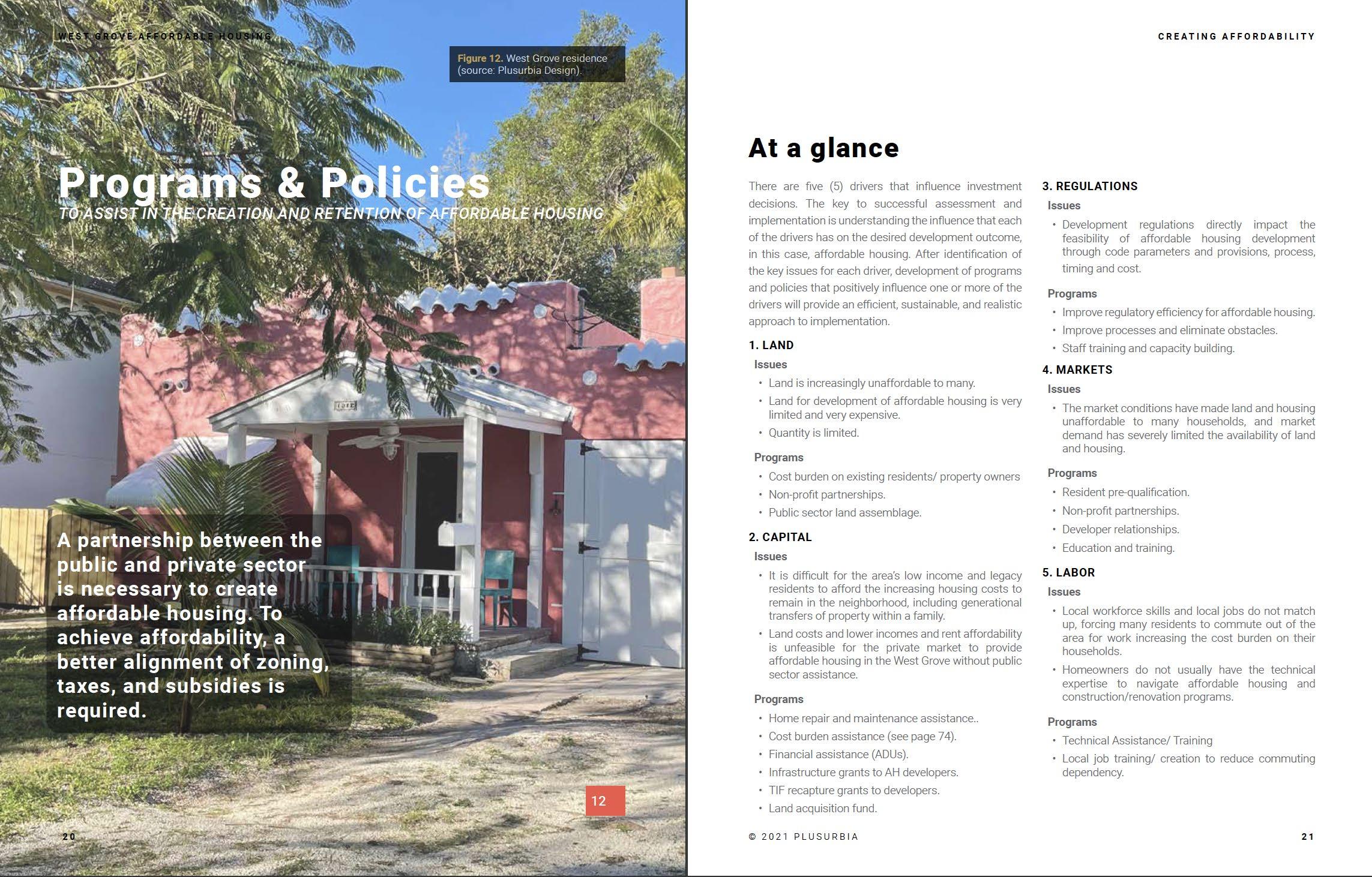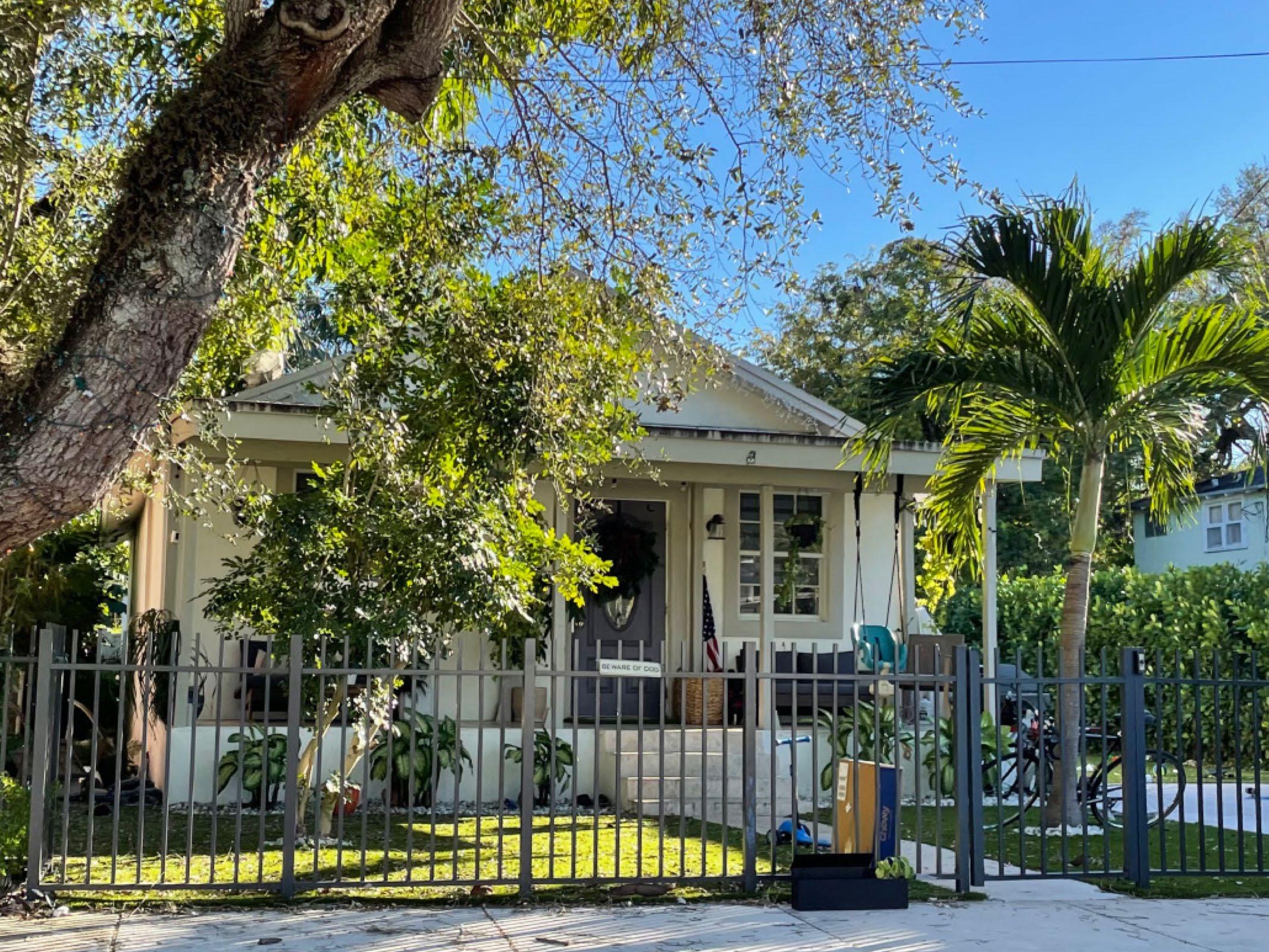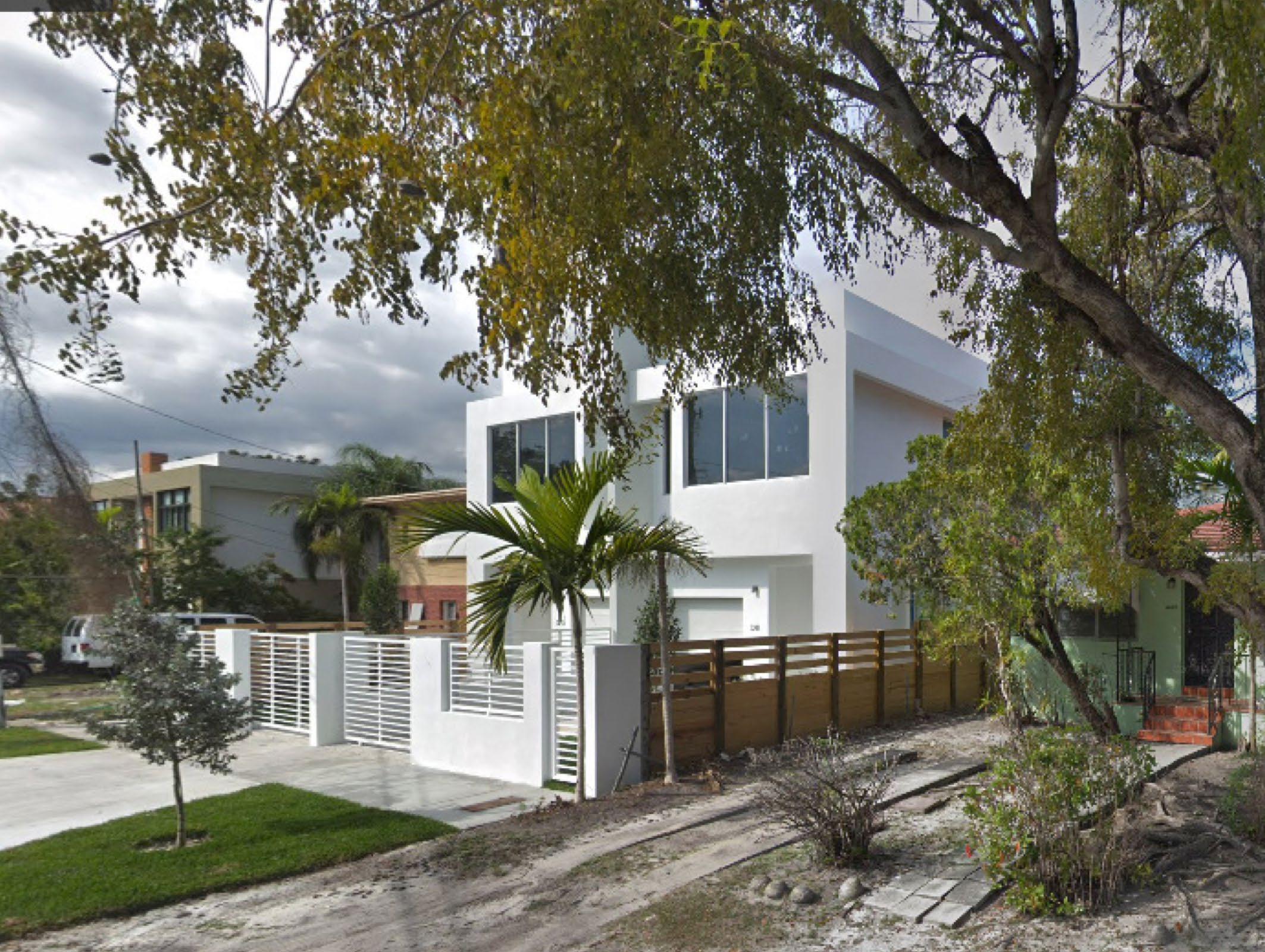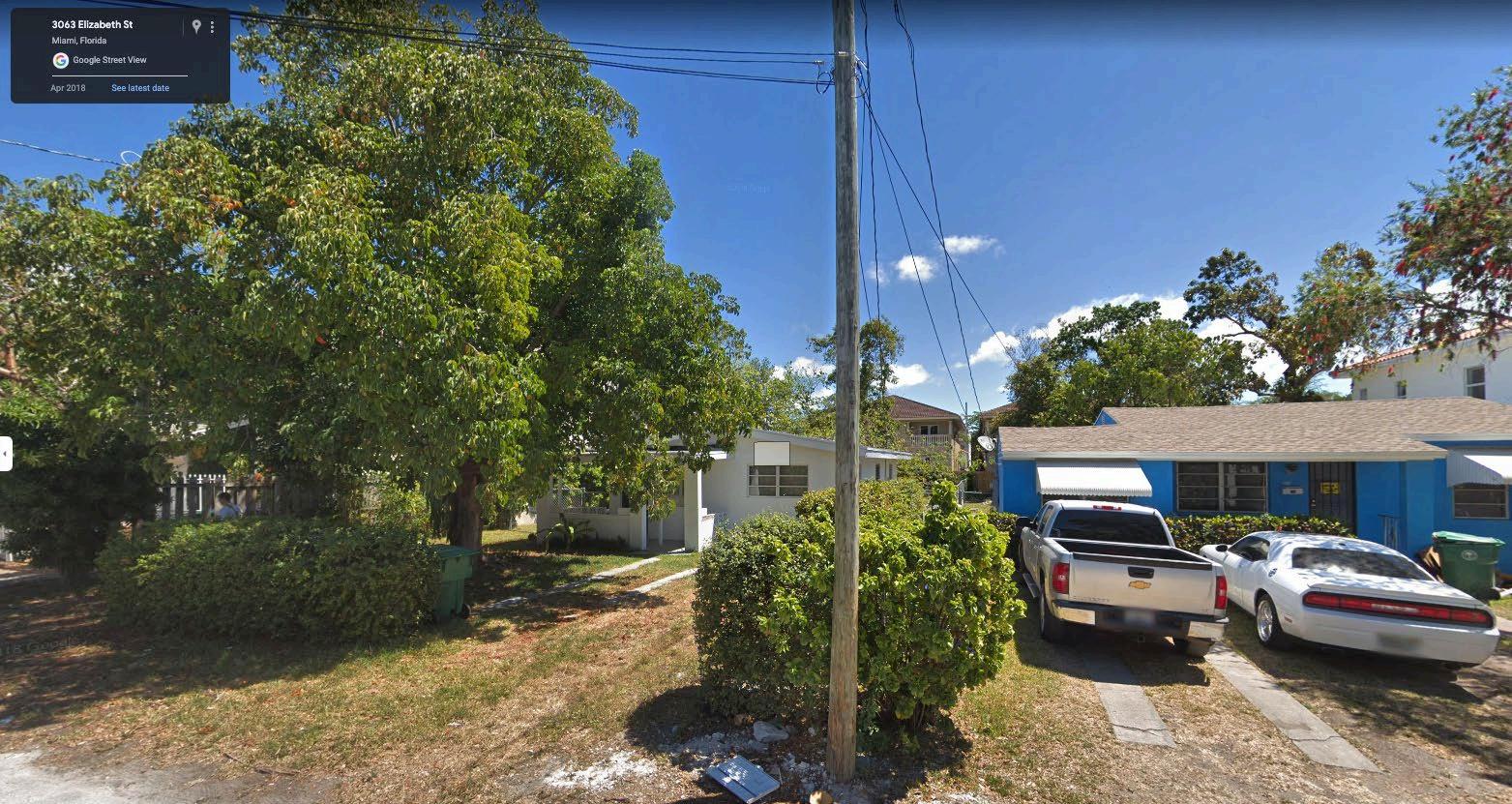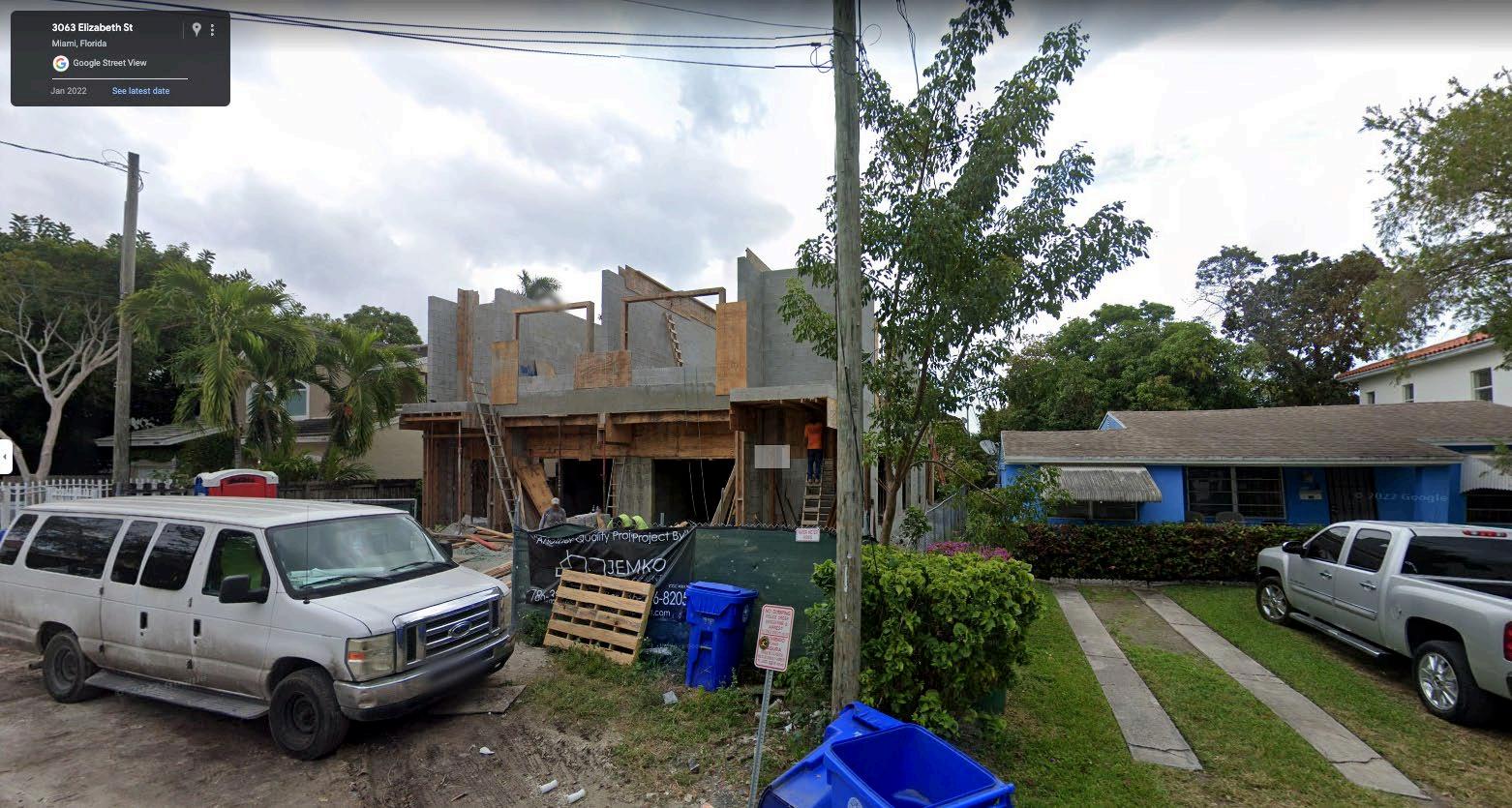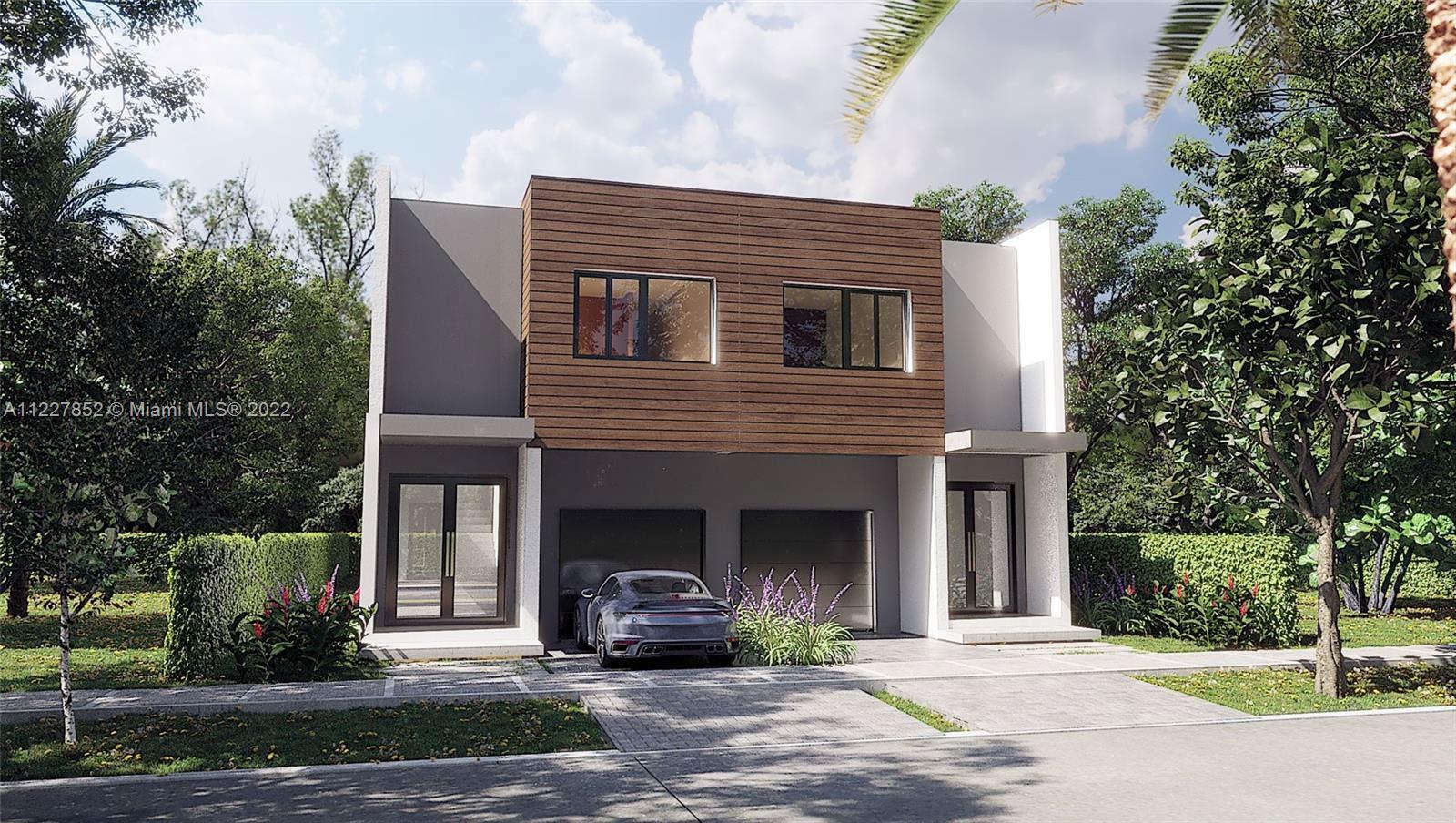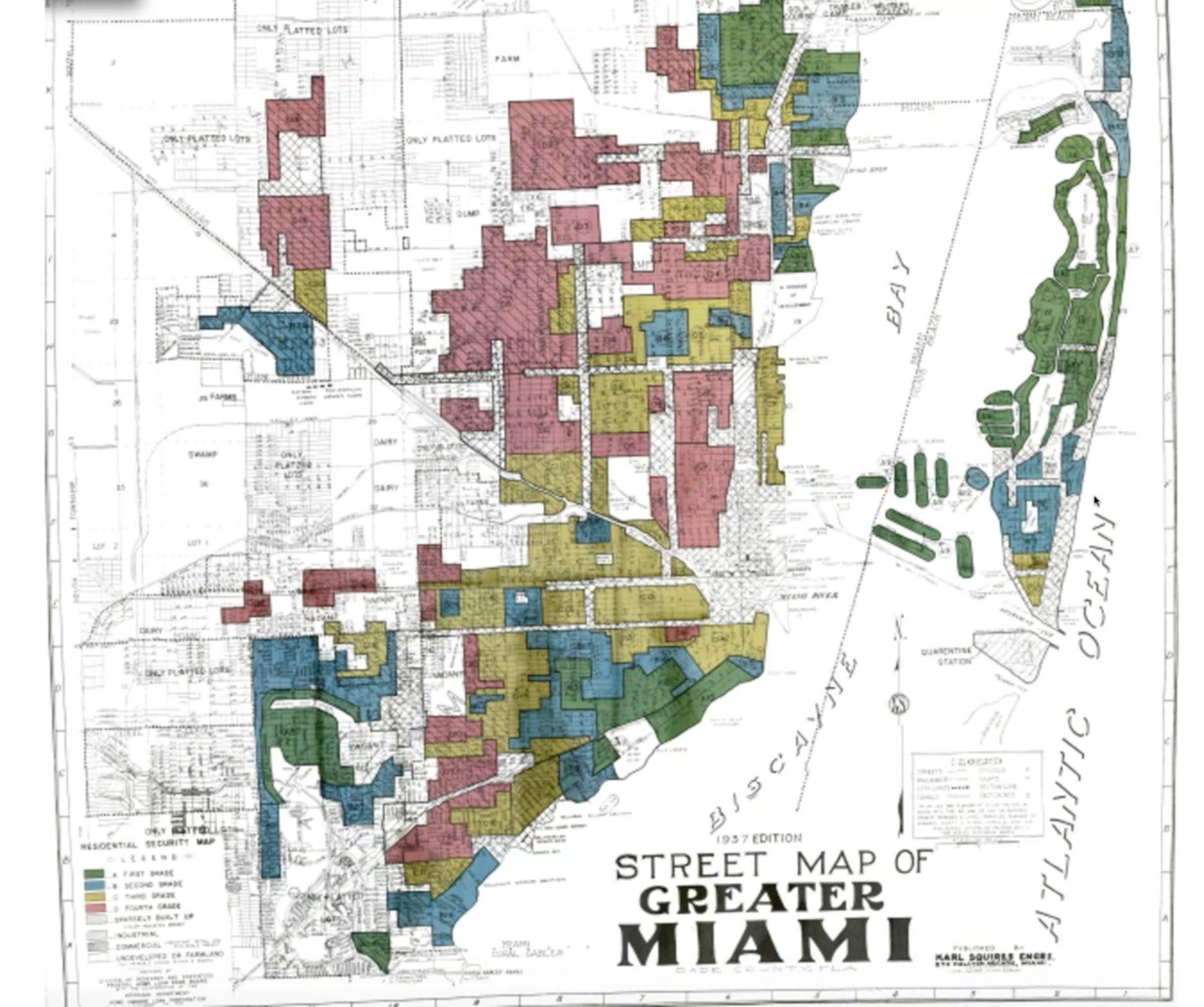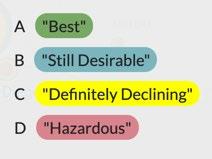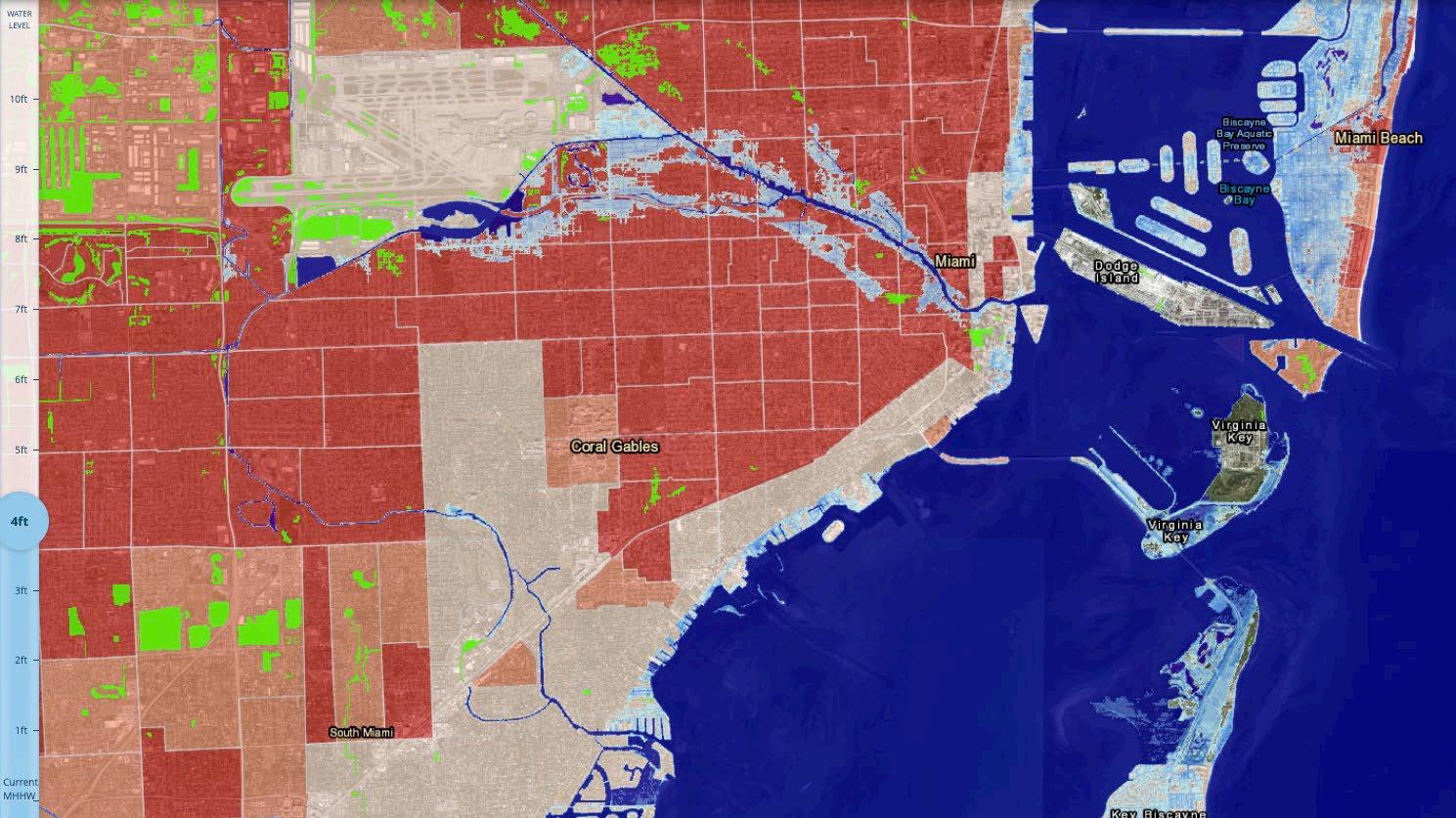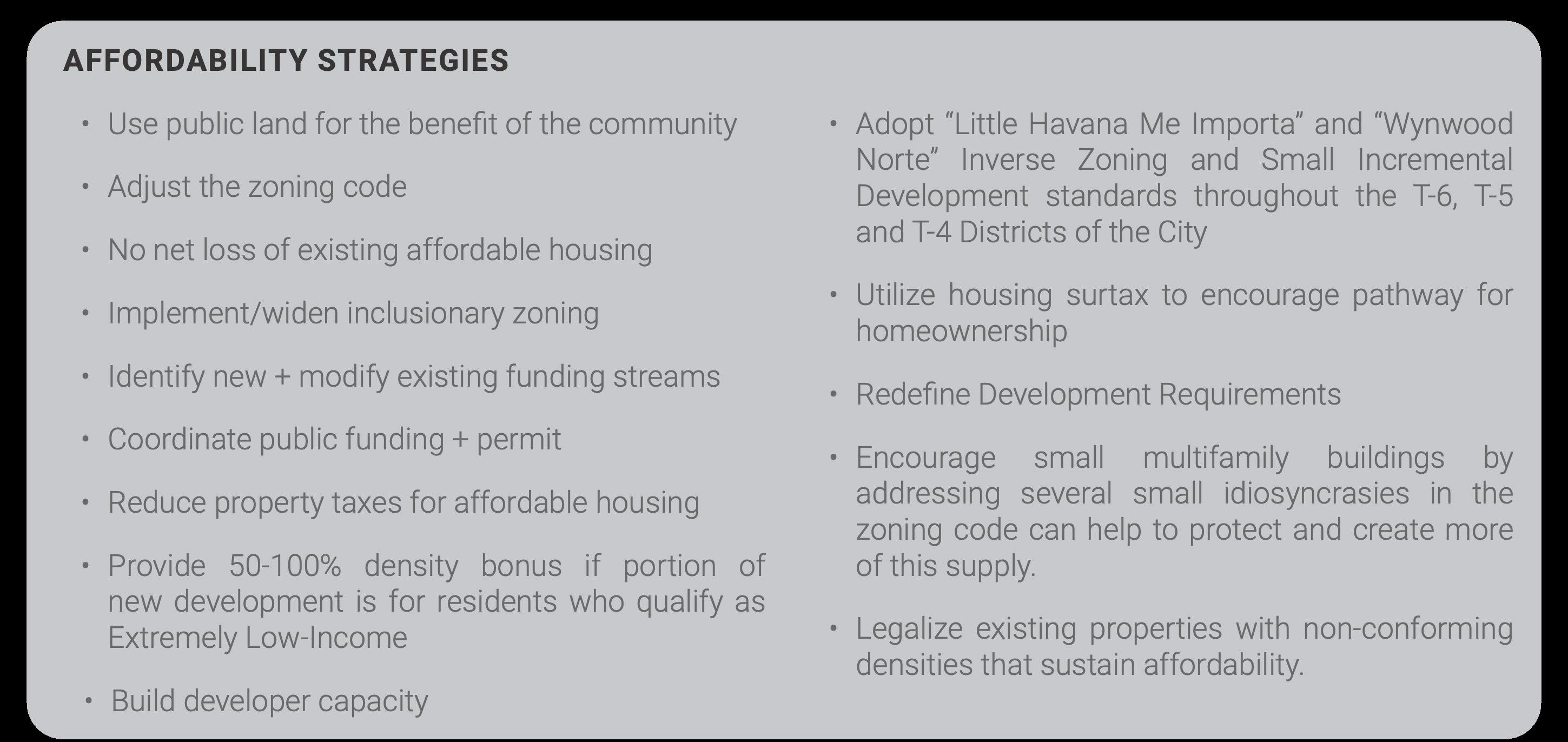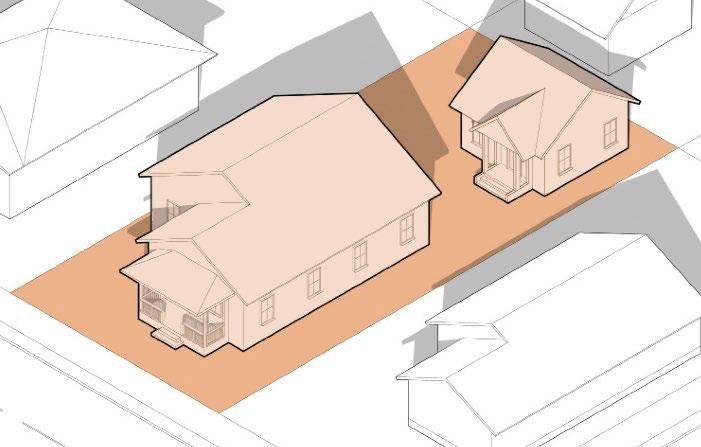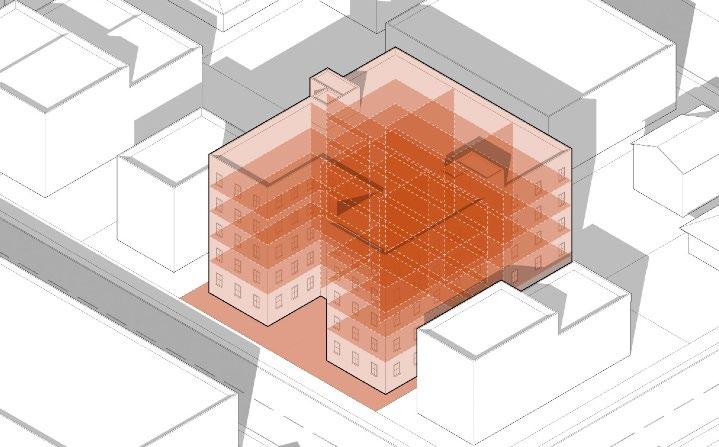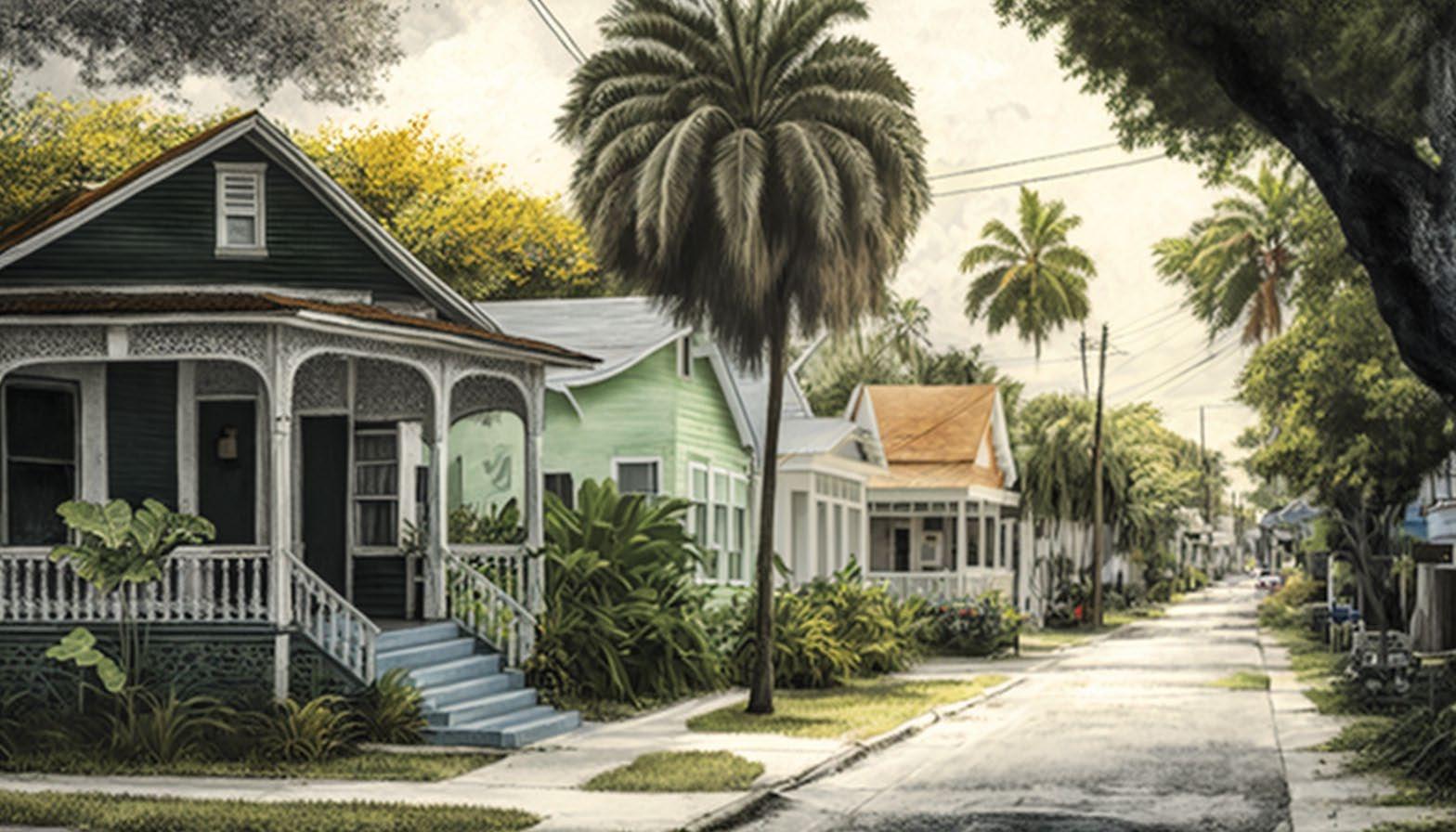housing transportation


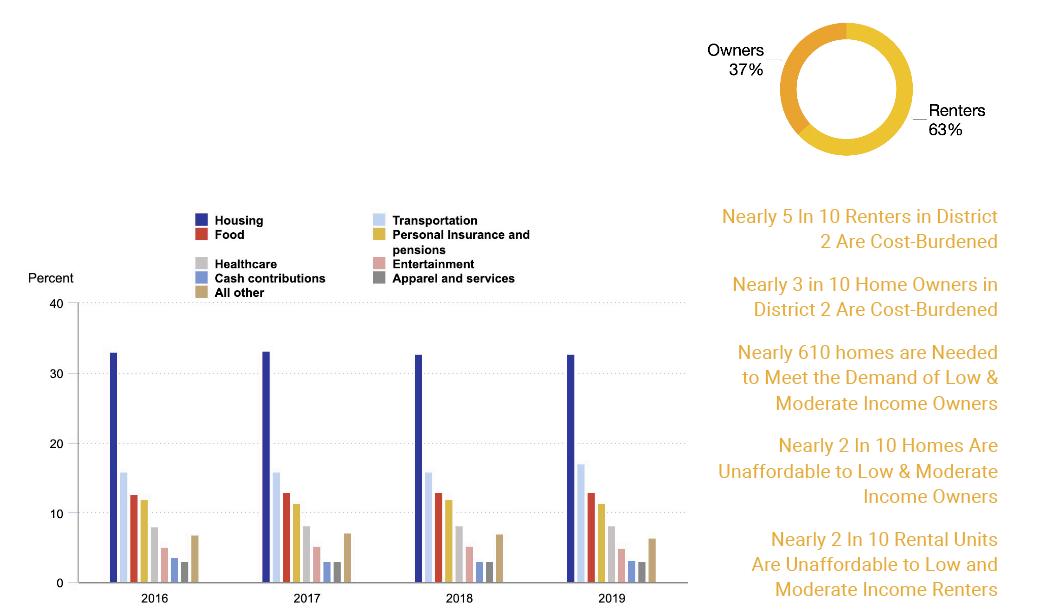
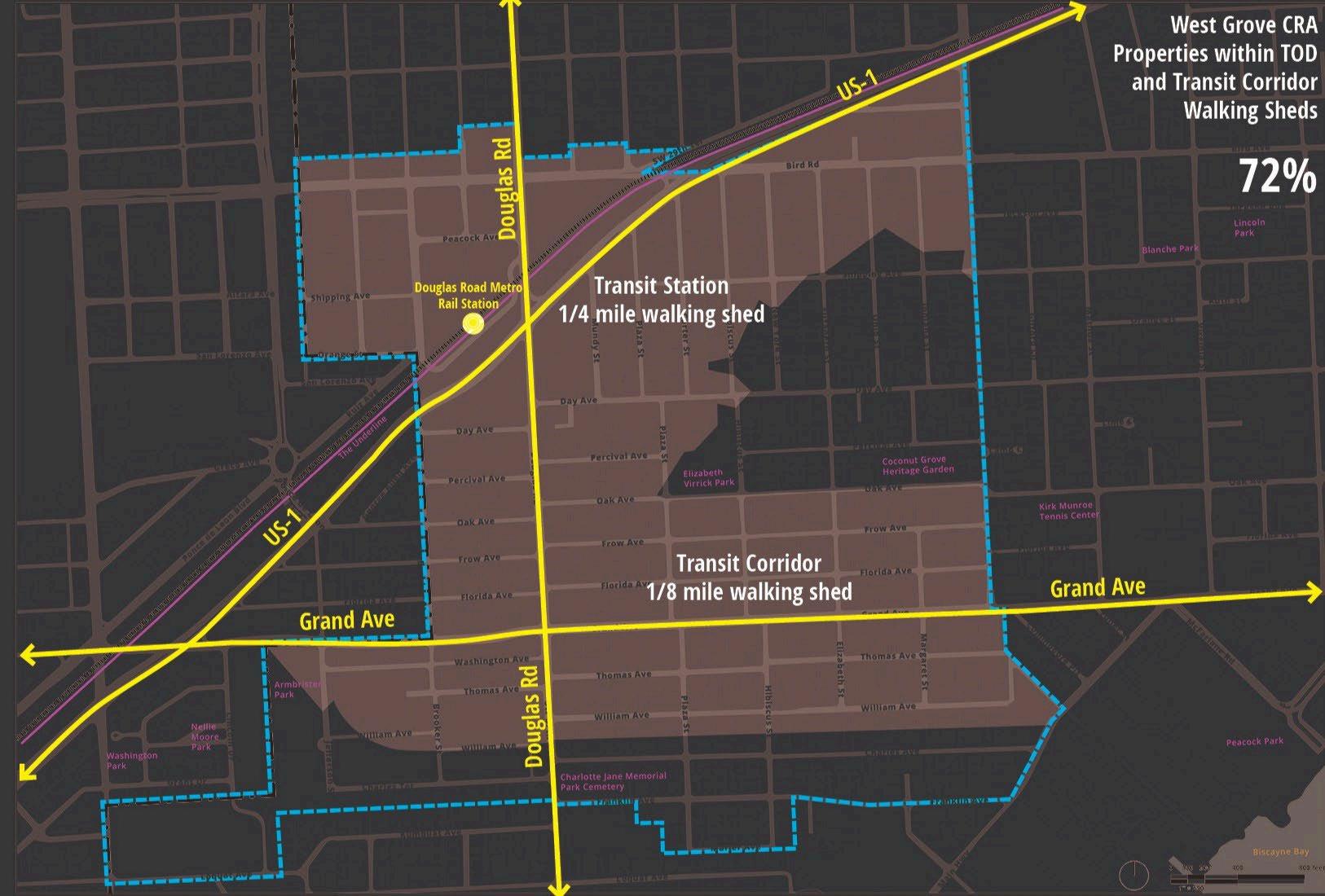
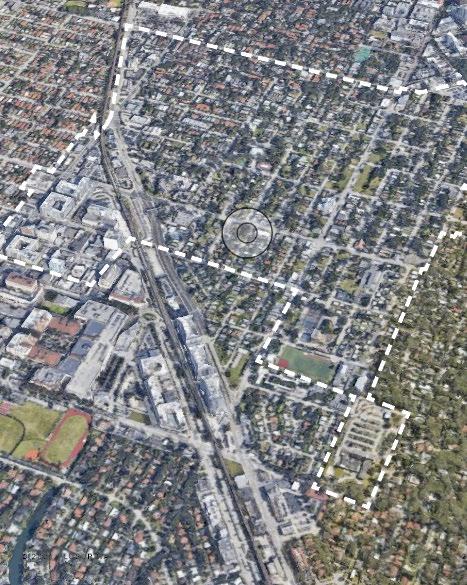

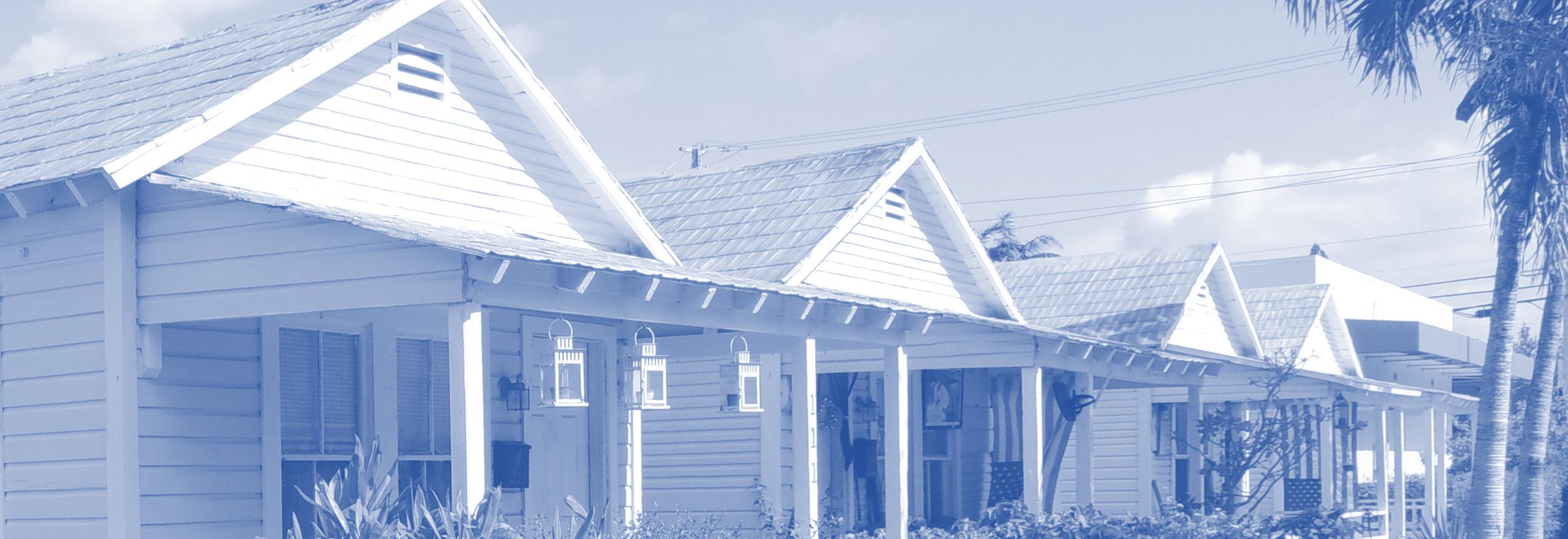
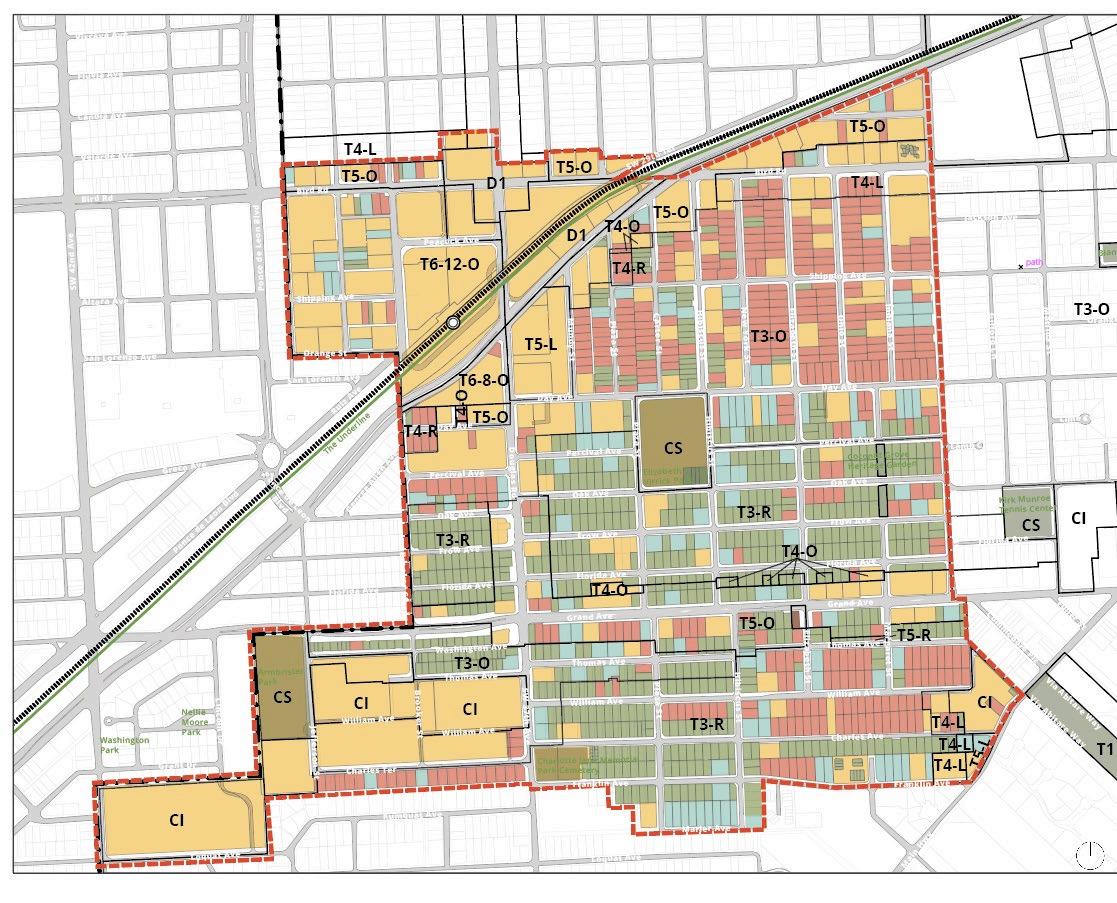



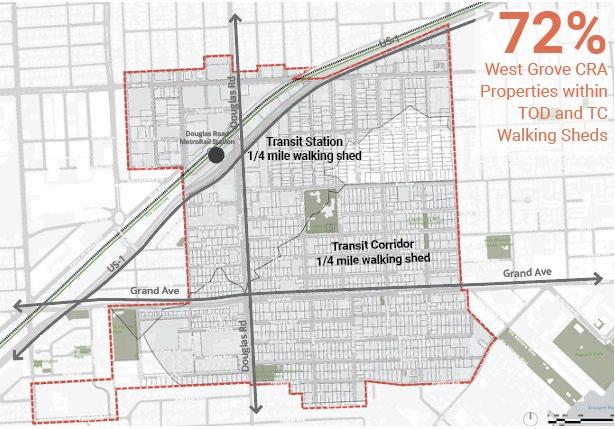

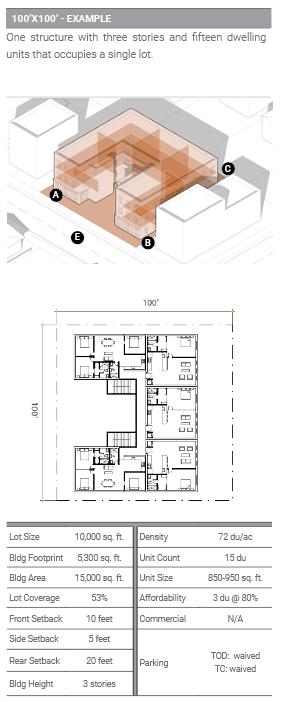
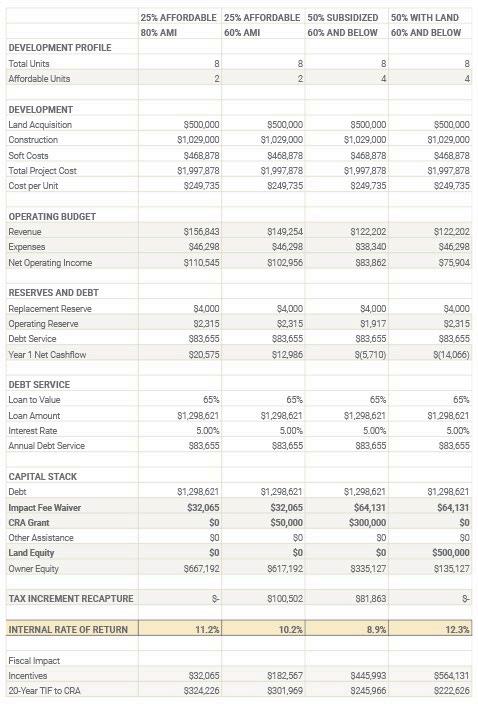
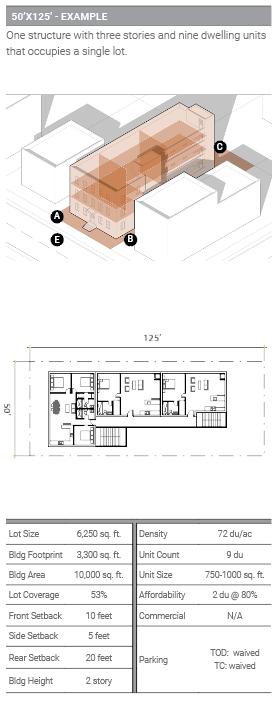

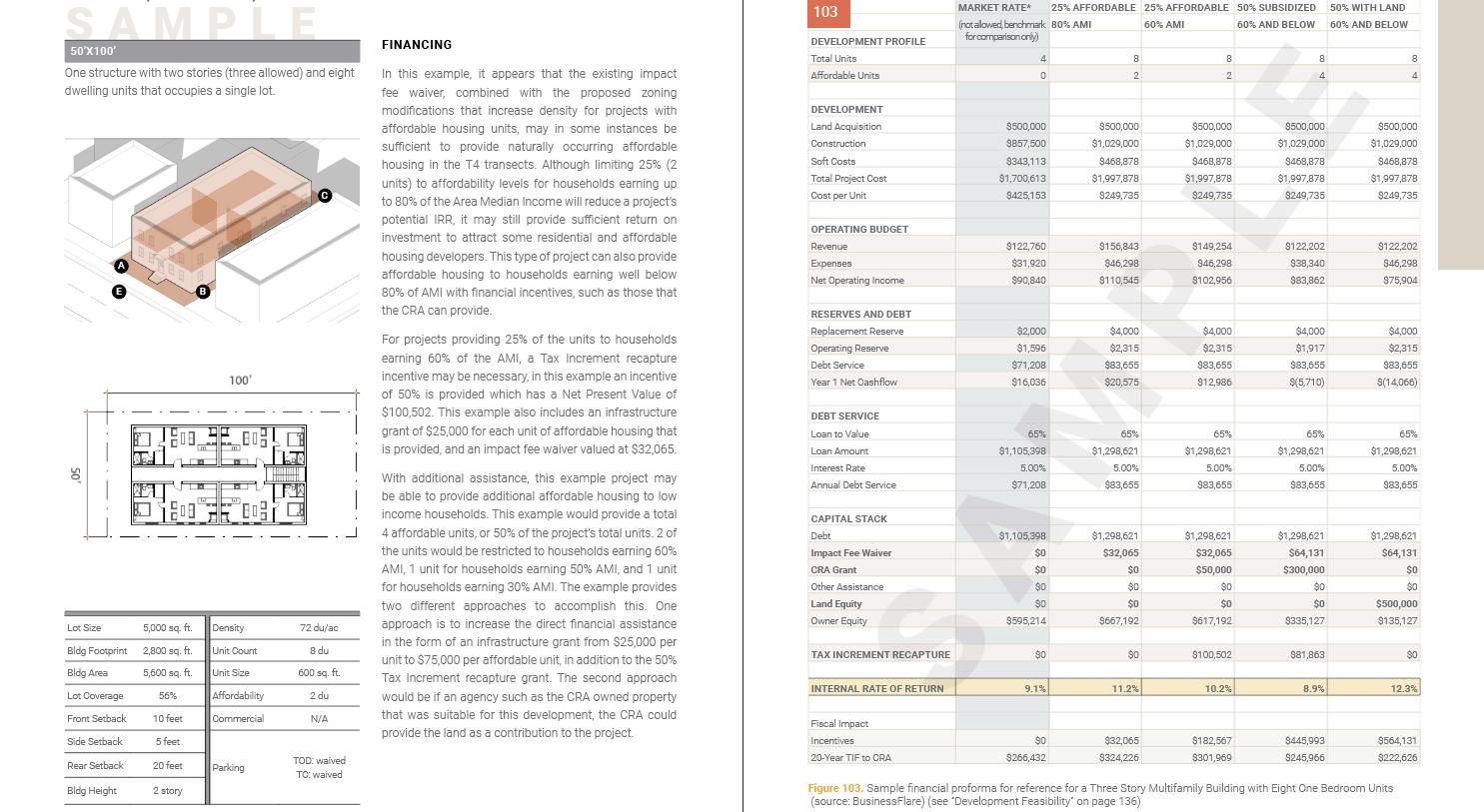
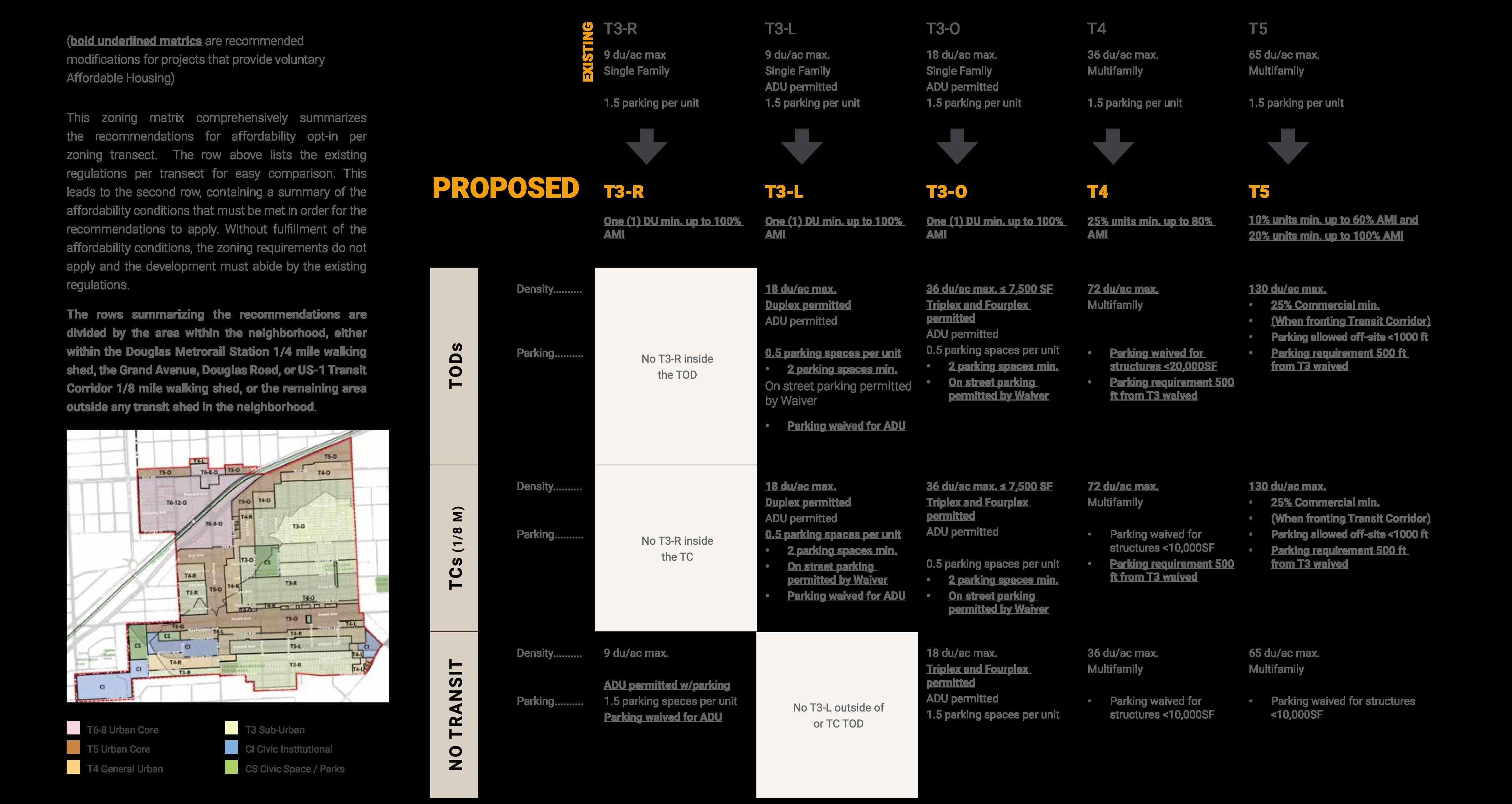
• IMPLEMENTATION IS A STAGE TWO FIGHT
• PARKING
• COMPREHENSIVE PLAN – Updates required to allow for changes
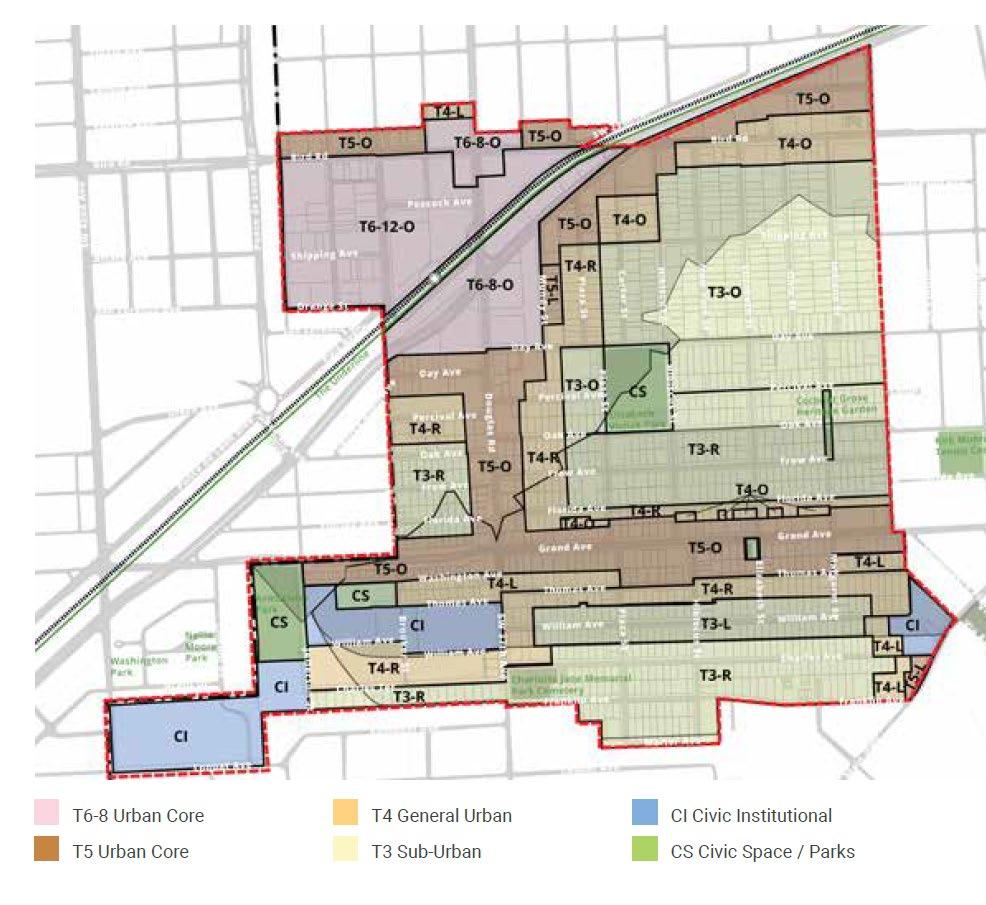
• DEVELOPMENT REGULATIONS
• ALL AT ONCE?
• Result - NO

• CORRIDORS PRIORITIZED
• But what about the single-family areas and less dense multifamily areas?
• Consider the impetus behind a lot of the recommendations.
OBSTACLES AND CHALLENGES
• A local government cannot regulate the use, density, or height of an affordable housing development if project is:
• Multifamily or mixed-use residential in any area zoned for commercial, industrial, or mixed use;
• At least 40% of units are affordable for households up to 120% AMI for at least 30 years
• If mixed-use, at least 65% is residential
• Local government cannot require a development authorized under this preemption to obtain a zoning/land use change, special exception, conditional use approval, variance, or comp plan amendment for use, density, or height.
• Does not preempt site requirements.
• Setbacks
• Parking
• Concurrency

• Max lot coverage
• Etc.
THE LIVE LOCAL ACT
Does it really matter?
1. 40% rule – High threshold, but…current legislation as written DOES NOT require certain percentages based on AMI other than 120%.
2. What about what we have here?
It’s conditional, so it’s opt-in.

THE LIVE LOCAL ACT
It’s important to consider that the Live Local Act is based on”by-right” qualities.
So, the below is a parallel structure
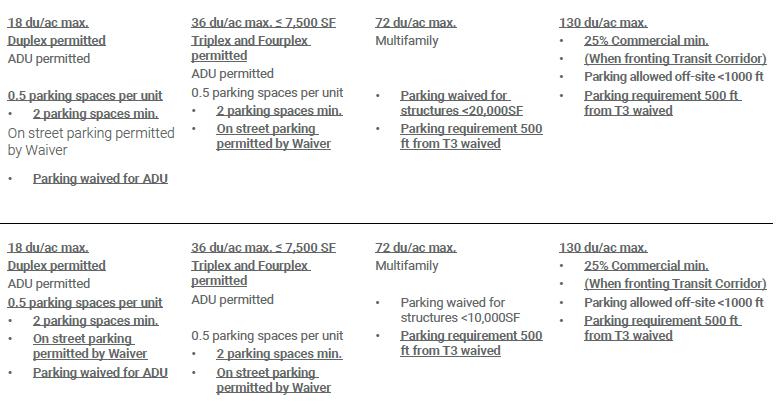

THE LIVE LOCAL ACT
1. Local option affordable housing property tax exemption
2. Nonprofit land used for affordable housing with a 99-year ground lease
3. “Missing middle” property tax exemption
Live Local Act:
• Authorizes local governments to provide property tax exemptions for specified affordable housing developments.
• Eligible developments:
• Contain at least 50 or more units
• At least 20% of the units must be affordable to households at or below 60% AMI

• Tax exemptions only apply to the affordable units
• Property tax exemptions allowed are based on % of affordability
• <100% of the units are affordable = up to 75% property tax exemption:
• 100% of the units are affordable = up to 100% property tax exemption
THE LIVE LOCAL ACT
• Property tax exemption applies to land owned entirely by a nonprofit -
1. 99 years minimum lease
2. Provide affordable housing for households up to 120% AMI • Square footage of the improvements on the land for affordable housing must be greater than 50% of all the square footage of the improvements • Tax exemption is for the land only – not the improvements

THE LIVE LOCAL ACT
Missing Middle

1. Provides a property tax exemption to “newly constructed” multifamily developments with more than 70 affordable units for households up to 120% AMI
2. Tax exemption only applies to the affordable units
3. Tiered property tax exemptions:
• Units affordable to 80-120% AMI = 75% property tax exemption
• Units affordable to <80% AMI = 100% property tax exemption
THE LIVE LOCAL ACT •
1. Rezoning aspects within our report should probably be adjusted slightly
2. Emphasis on this approach should reiterate what is “opt-in” and what are “by-right” aspects, and consider form- based aspects/qualities
3. Setting up this system is complementary to Live Local Act
4. Further tie-ins available now with tax abatement/incentives

TAKEAWAYS



